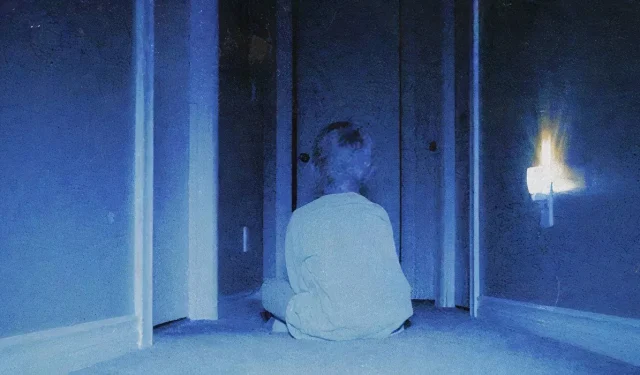
The analog horror genre represents yet another intriguing addition to the diverse landscape of film subgenres that mesmerize audiences. The horror genre’s unique capacity to evoke a range of emotions, from the spine-tingling scares of slasher flicks to the hair-raising chills of haunting narratives, sets it apart in cinematic storytelling. One particularly noteworthy feature of horror films is their ability to provide commentary on societal issues, effectively reflecting the zeitgeist of their respective eras.
Among these subgenres, analog horror has emerged as a captivating trend, especially resonating with younger audiences. Similar to various horror films, analog horror encapsulates the contemporary anxieties of society. Its growing popularity speaks to the genre’s remarkable ability to evolve and strike a chord with viewers, addressing the distinctive concerns prevalent in each generation. Films like Skinamarink and Archive 81 serve as exemplary representations of this innovative subgenre.
Understanding Analog Horror
Key Influences and the Use of Vintage Technology
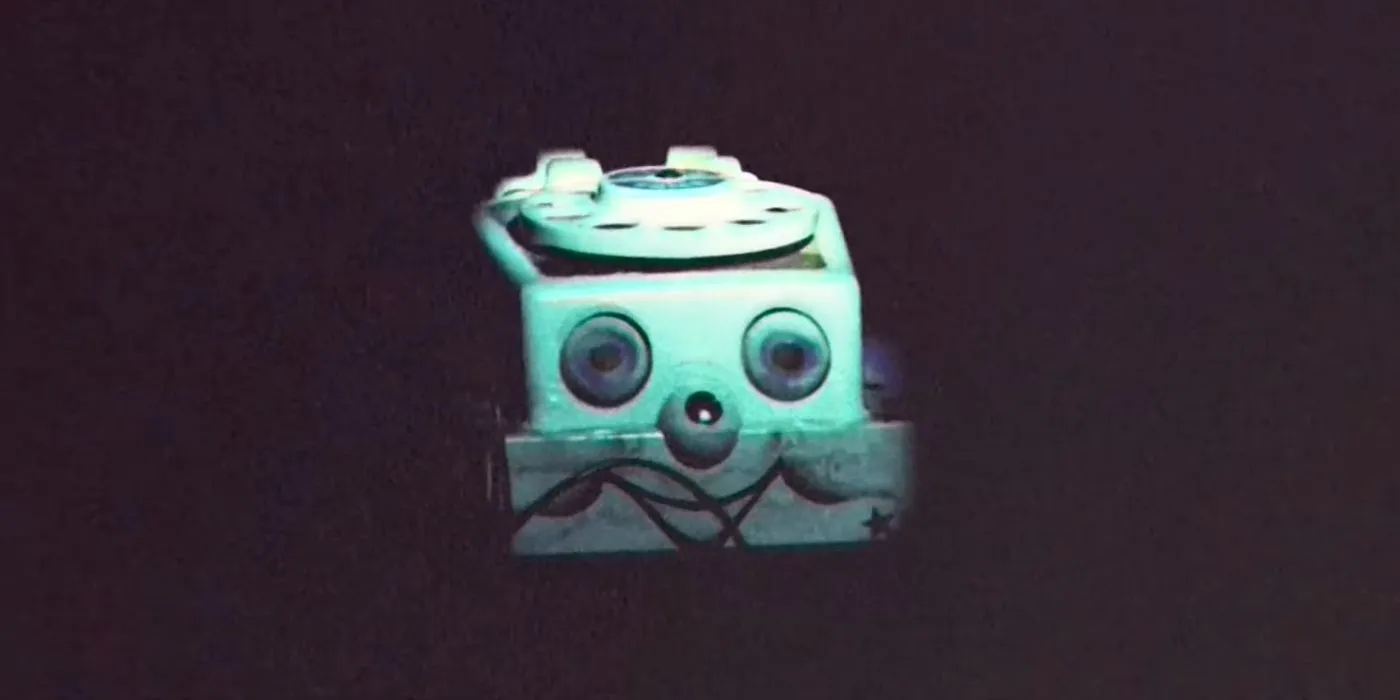
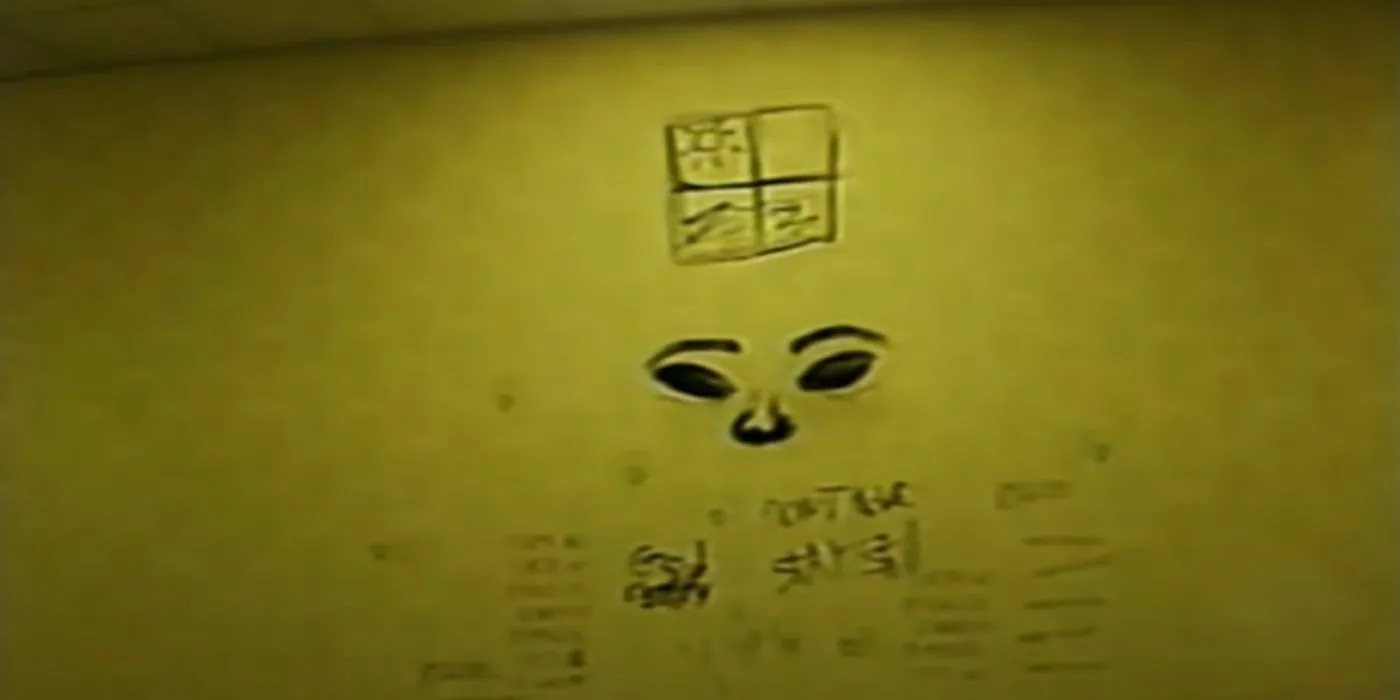
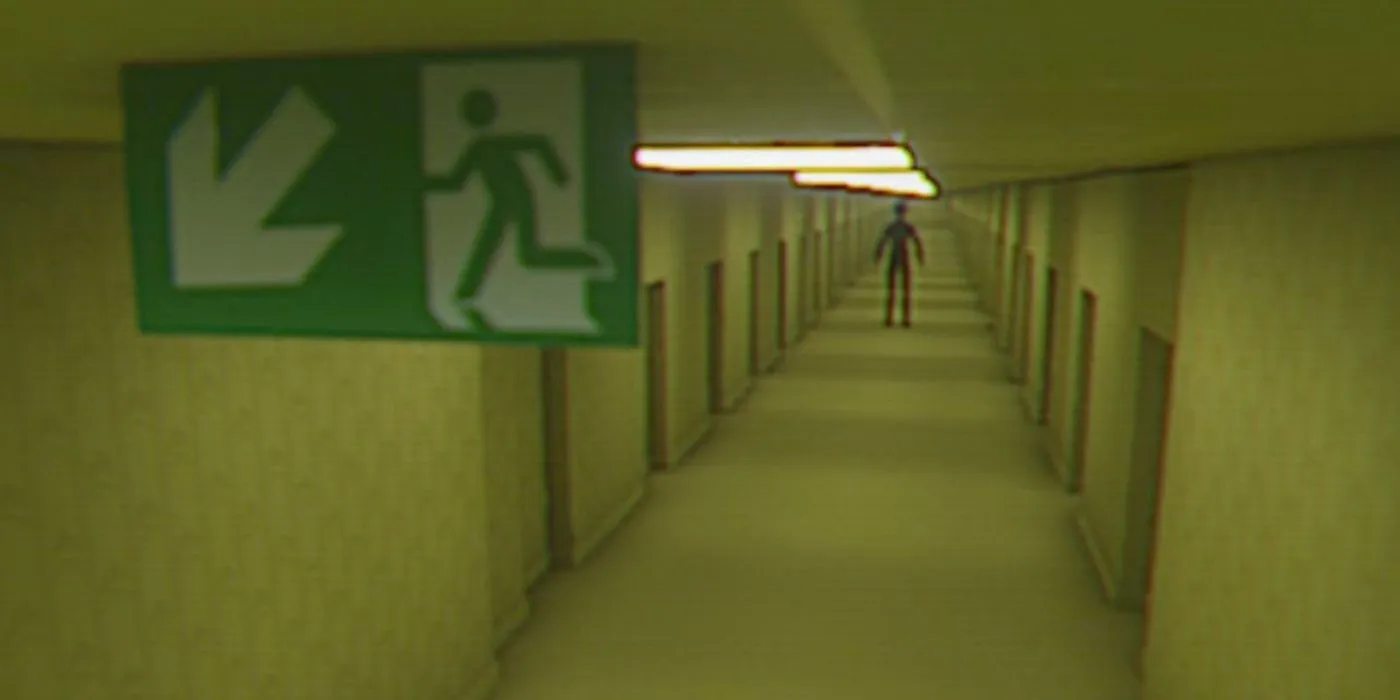
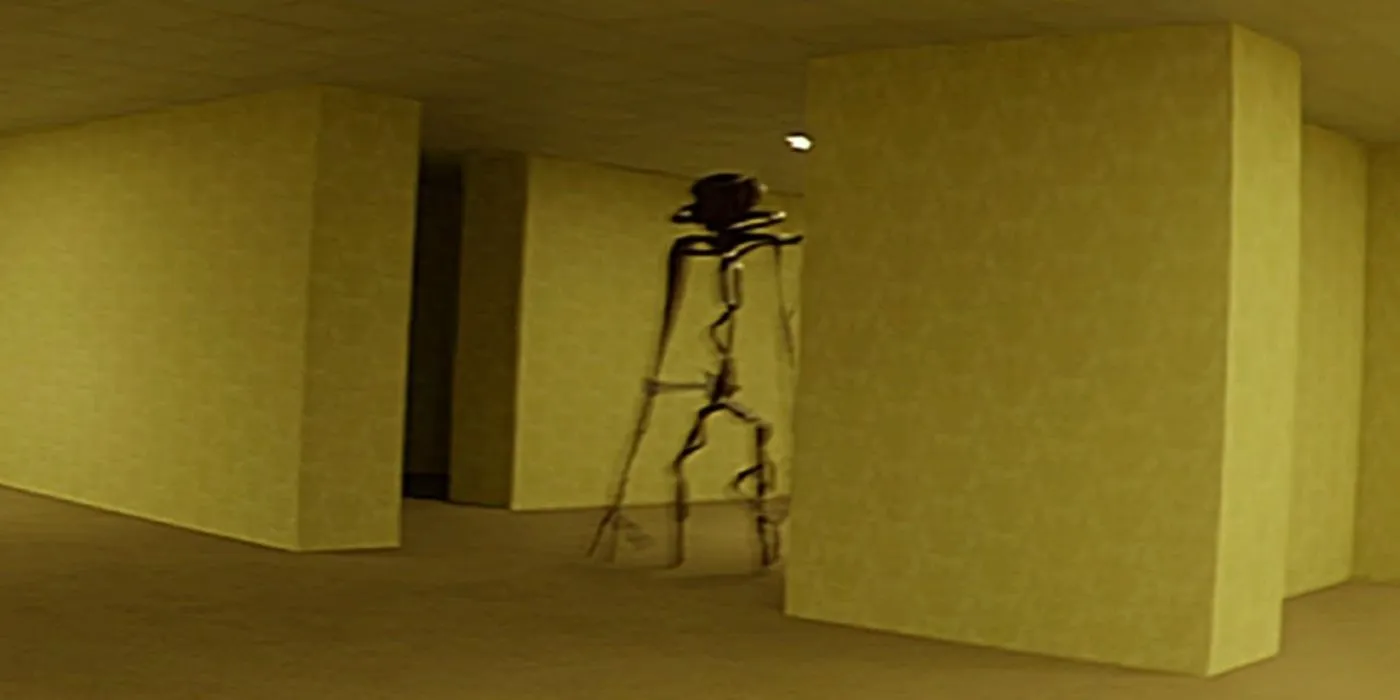

Analog horror is a subgenre that emphasizes the use of vintage media formats such as VHS tapes, cassette recordings, and other outdated technologies as integral narrative devices. These films evoke a chilling atmosphere through grainy visuals, glitches, and distorted audio, opting for a more subtle approach to horror. Instead of relying on conventional techniques like jump scares or graphic violence, analog horror cultivates fear through a disturbing ambiance and a palpable sense of realism.
The storytelling style often features fragmented narratives and cryptic messages, augmenting the sense of unease. While found footage films typically center around the exploration of recorded material created by characters, analog horror focuses more on the interpretation of media, often presenting a disjointed storyline to enhance the feeling of disorientation.
Two primary influences have played a pivotal role in the ascendance of the analog horror genre. Firstly, the surge in popularity of found footage horror films during the late 1990s and early 2000s—including classics like The Blair Witch Project and Paranormal Activity—utilized analog media effectively to craft their narratives. These films succeed in creating grounded storytelling, drawing audiences into an authentic experience.
The second key influence is the rise of creepypasta—the online phenomenon of user-generated horror tales. Much like found footage, creepypastas often present their stories as genuine accounts, frequently narrated from the perspective of individuals recounting chilling or supernatural experiences, particularly from their childhood. Many draw heavily on nostalgia for analog media, invoking themes from old TV shows, eerie childhood memories, or the unsettling discovery of cryptic tapes.
The current generation also exhibits a nostalgic yearning for a time when not every experience was documented online and mystery required tangible investigation rather than simple online searches or discussions on Reddit forums. This nostalgia intertwines with the genre’s fascination with old technology, setting up a compelling framework for analog horror.
Prominent Examples of Analog Horror
YouTube as the Launchpad for Analog Horror’s Popularity
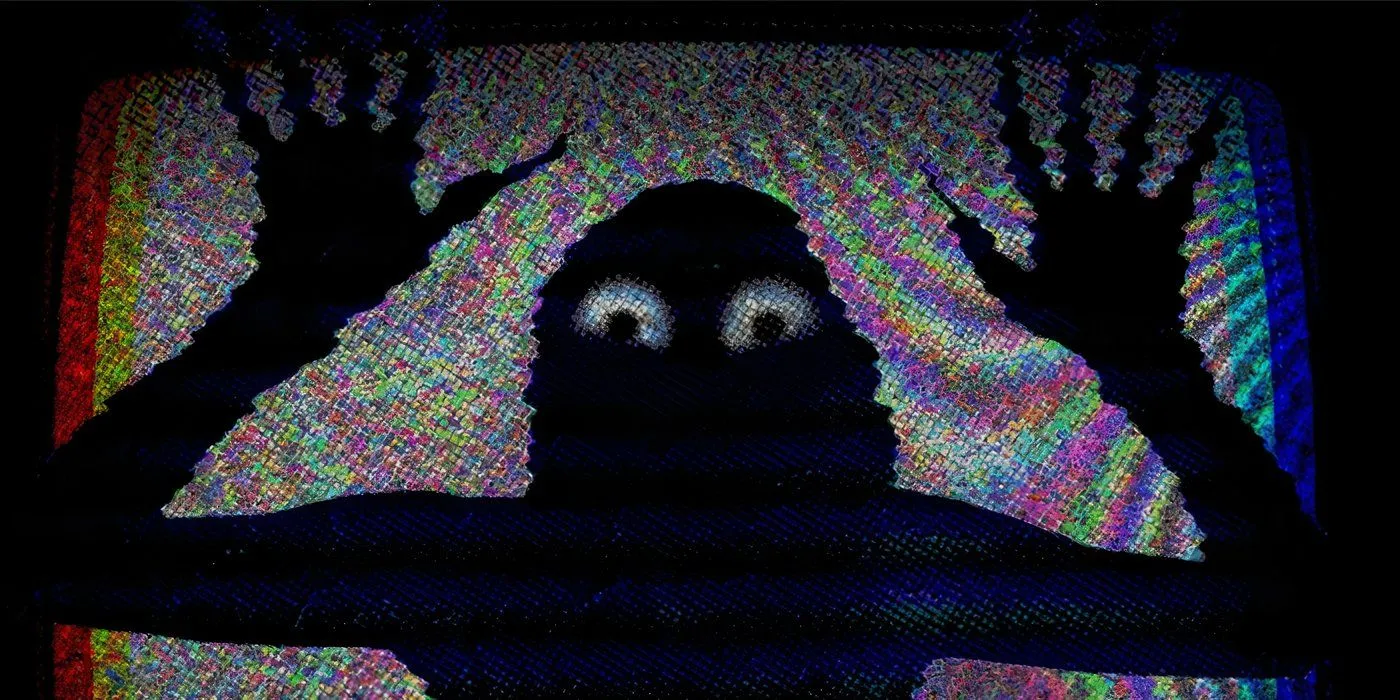
The popularity of analog horror has substantially risen through platforms like YouTube, where short series such as No Through Road, Marble Hornets, and Local 58 have attracted dedicated followers by crafting narratives that showcase eerie atmospheres and fragmented storytelling techniques. Marble Hornets, which debuted on YouTube in 2009, was inspired by the Slender Man creepypasta and follows characters as they sift through footage recorded during a student film project to uncover the fate of their missing friend.
Another significant series, Local 58, is credited with coining the term “analog horror,”presenting a collection of authentic footage purportedly captured by a television station over several decades, devoid of a traditional plot.
The subgenre achieved considerable commercial success with the release of Skinamarink in 2022. This film centers on two children awakening to find their father missing amid a series of surreal events unfolding within their home. Skinamarink exemplifies the core characteristics of analog horror: minimal dialogue, grainy visuals, and masterful sound design that collectively create a sensation akin to traversing a real-life nightmare.
In a departure from the typical analog horror format, Skinamarink received theatrical distribution and saw immense success, grossing over $2 million globally from a modest budget of just $15,000—drawing comparisons to the famed success of The Blair Witch Project. The film’s buzz grew organically through social media platforms, where audiences shared their reactions and experiences.
While analog horror remains a niche genre at present, its devoted fanbase is poised to propel it further into the mainstream spotlight.




Leave a Reply